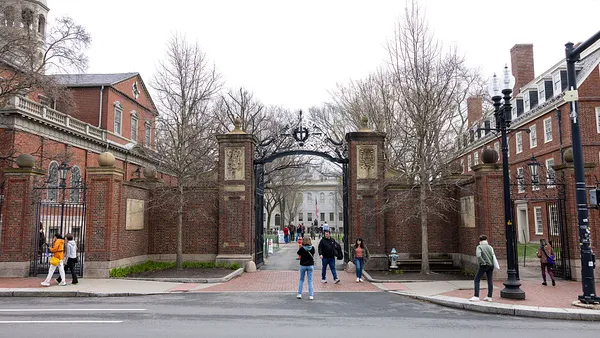Dive Brief:
- U.S. immigrants are as likely as the U.S.-born population to have a college degree, the Pew Research Center reported, although the rate — one in three people ages 25 and older — depends on their country of origin.
- The share of immigrants ages 25 and older with bachelor's degrees rose from 7% in 1980 to 17.2% in 2016, and the share with postgraduate degrees increased from 8.7% to 12.8% during that time.
- The increase in skilled workers entering the country and rising education levels worldwide are contributing factors. The majority of international students who remain in the U.S. to work after graduating come from Asian countries.
Dive Insight:
Although immigrant education levels are rising, efforts by the Trump administration to limit access to the U.S. from eight countries in particular is expected to negatively impact institutions' ability to recruit and retain talent — both faculty and students.
Inside Higher Ed reported earlier this year that the number of student F-1 visas and short-term B-1 and B1/B2 visas for travelers from countries affected by the travel ban has declined significantly, even though the ban allows visas for students from all countries on the list except North Korea and Syria.
Refusal rates for short-term B visas, which an academic might use to travel to give a lecture or attend a conference in the U.S., were up considerably in many countries on the travel ban list from 2016 to 2017.
Wil Del Pilar, vice president of higher education policy and practice at The Education Trust, told Education Dive in June that the ban makes higher education less accessible globally. He also noted it threatens to reduce the tuition dollars from international students that colleges rely on to subsidize costs for domestic students as state funding decreases.
The Pew Charitable Trusts' Stateline publication found that the number of student visas issued dropped 40% from its peak in 2015 to 393,573 in 2017. The impact has been most pronounced at small and private colleges.














